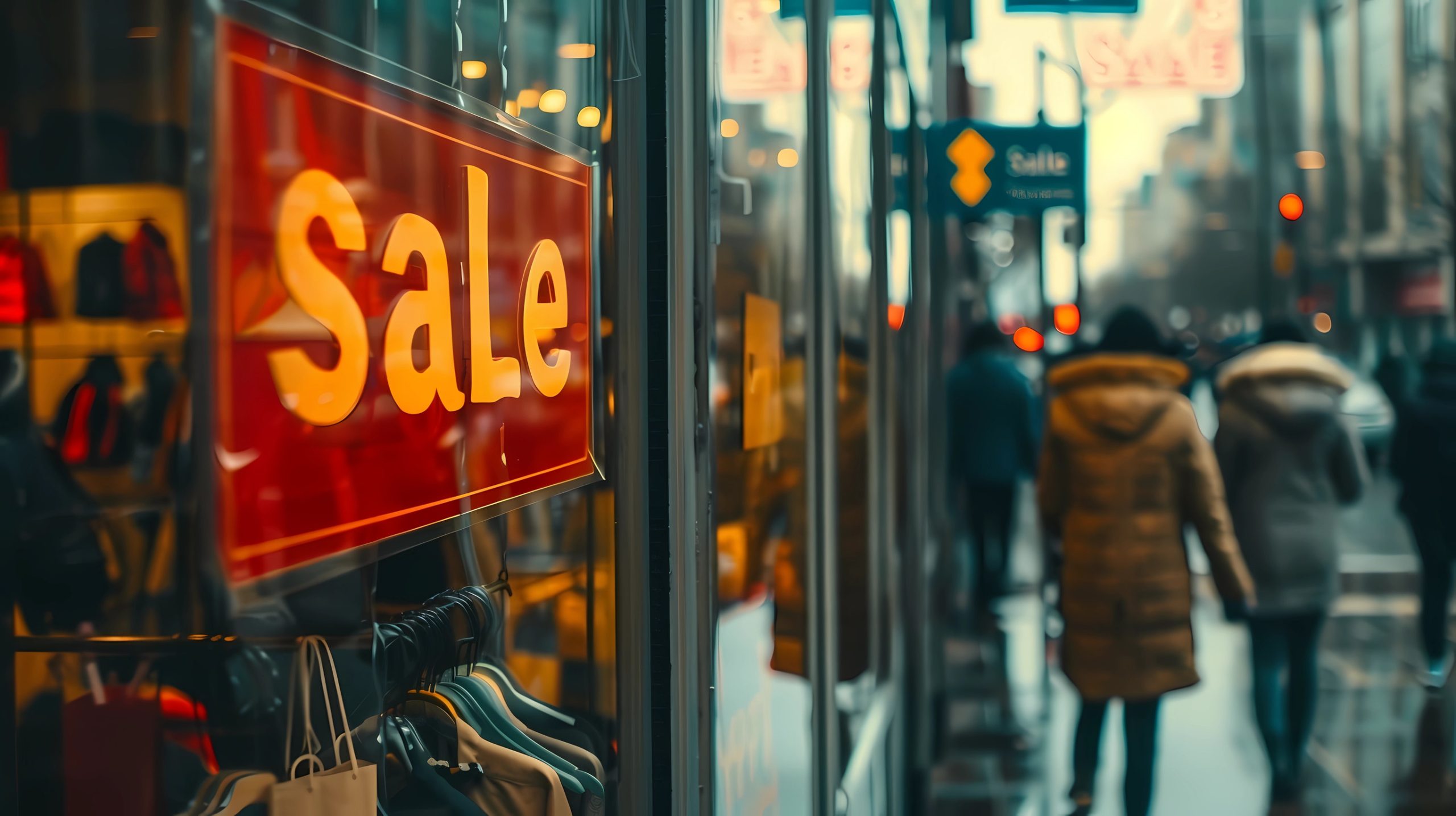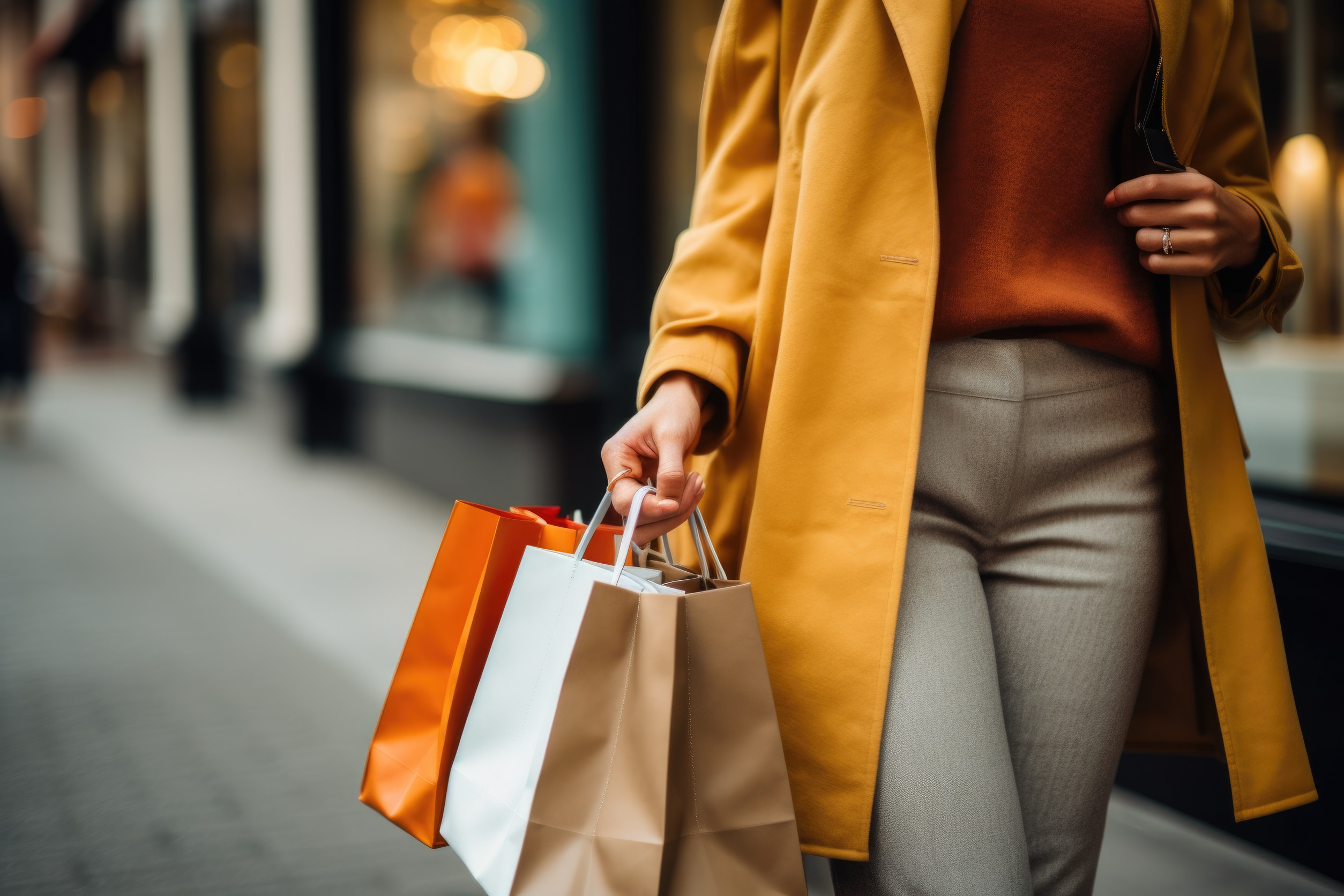You walk into a store to grab one thing. Maybe it’s toothpaste. Maybe it’s a snack. Forty-five minutes later, you’re walking out with a new throw blanket, a candle that smells like “Coastal Sunrise,” and absolutely no idea how you spent $86. Don’t worry—it’s not you. It’s the store.
Retailers have mastered the psychology of keeping shoppers intrigued, lingering, and spending more than they intended. And while some of their tactics are obvious, others are so sneaky you won’t even notice them working their magic.
1. The Power of the “Decompression Zone”
Right after you step inside a store, you’re in what marketers call the “decompression zone.” It’s that open, calm space near the entrance where your brain adjusts from the outside world to shopping mode. Retailers design this area to slow you down and make you more receptive to what’s coming next. They keep it free of clutter, use soft lighting, and subtly guide your eyes toward strategically placed displays. By the time you’re through it, you’ve unconsciously shifted into a more relaxed, browsing mindset—perfect for spending.
2. The Smell That Sells
Ever noticed how certain stores always smell amazing? That’s not an accident—it’s scent marketing, and it’s surprisingly powerful. Pleasant smells trigger emotional responses and even memories, encouraging shoppers to linger longer and associate the store with positive feelings. A whiff of vanilla might make you feel cozy, while citrus can energize you to keep browsing. It’s why bakeries waft warm cookie scents toward the entrance and luxury shops often smell like clean linen and sophistication. You’re not just shopping—you’re inhaling temptation.
3. Music That Matches Your Mood (and Their Goals)
That background playlist you barely notice? It’s carefully curated to influence your pace and mood. Slow, relaxing music encourages you to move leisurely, giving you more time to notice and buy products. Fast-paced beats, on the other hand, can create excitement and make you grab items impulsively. Retailers even adjust the genre depending on their audience—classical music in upscale stores, pop hits in fast-fashion chains. The rhythm of your shopping trip is literally being orchestrated.
4. The Illusion of Scarcity
“Only 2 left in stock!” “Limited-time offer!” “Exclusive online deal!”—sound familiar? That’s the scarcity principle in action, one of retail’s oldest psychological tricks. When something feels rare, our brains immediately assign it more value, even if it’s not something we truly need. Stores use countdown timers, flashing banners, and limited stock alerts to trigger the fear of missing out. It’s a clever illusion designed to make you act fast and think later—after your credit card’s already processed.
5. The “Gruen Effect” (a.k.a. The Shopper’s Maze)
Named after architect Victor Gruen, the Gruen Effect refers to the deliberate design of stores that disorient customers just enough to keep them wandering. Think of IKEA’s winding paths or the grocery store layout that makes you walk past 20 aisles before reaching the milk. The idea is to make you discover products you didn’t plan to buy—and maybe can’t resist once you see them. By controlling your route, stores guide your attention to impulse-buy zones filled with low-cost, high-margin goodies. It’s not a maze—it’s a money magnet.
6. The Price Tag Illusion
That $9.99 item that feels so much cheaper than $10.00? It’s a classic pricing trick known as “charm pricing.” Our brains read prices from left to right, so we process the 9 first and perceive the cost as significantly lower. But that’s not the only pricing illusion in play. Stores also mix in “decoy pricing” by placing an overpriced option next to the mid-range one they actually want you to buy—it suddenly feels like a bargain. Add in sales signs and red tags (which our brains associate with urgency), and you’ve got a recipe for overspending disguised as saving.
Now That You Know, Will You Still Fall for It?
Stores are psychological playgrounds—designed down to the scent, song, and shelf height—to make you shop longer and buy more. From the calming decompression zone to the urgency of a “limited offer,” every detail works together to nudge your decisions without you realizing it. The good news? Once you know the game, you can play it smarter. Next time you step inside a store, take a moment to notice how it’s subtly shaping your behavior—you might just leave with your wallet (and your willpower) intact.
Have you ever caught yourself falling for one of these retail tricks? Share your stories, insights, or funny shopping moments in the comments below.
You May Also Like…
10 Amazon Shopping Traps That Seem Legit (But Will Waste Your Money)
15 Shopping Tips That Lead to Unnecessary Spending
13 Fashion Retailers Gen Z Isn’t Shopping At and It’s Impacting the Industry
7 Sneaky Things Retailers Do to Keep You Spending
7 Retail Return Policies That Are Being Used Against Customers


